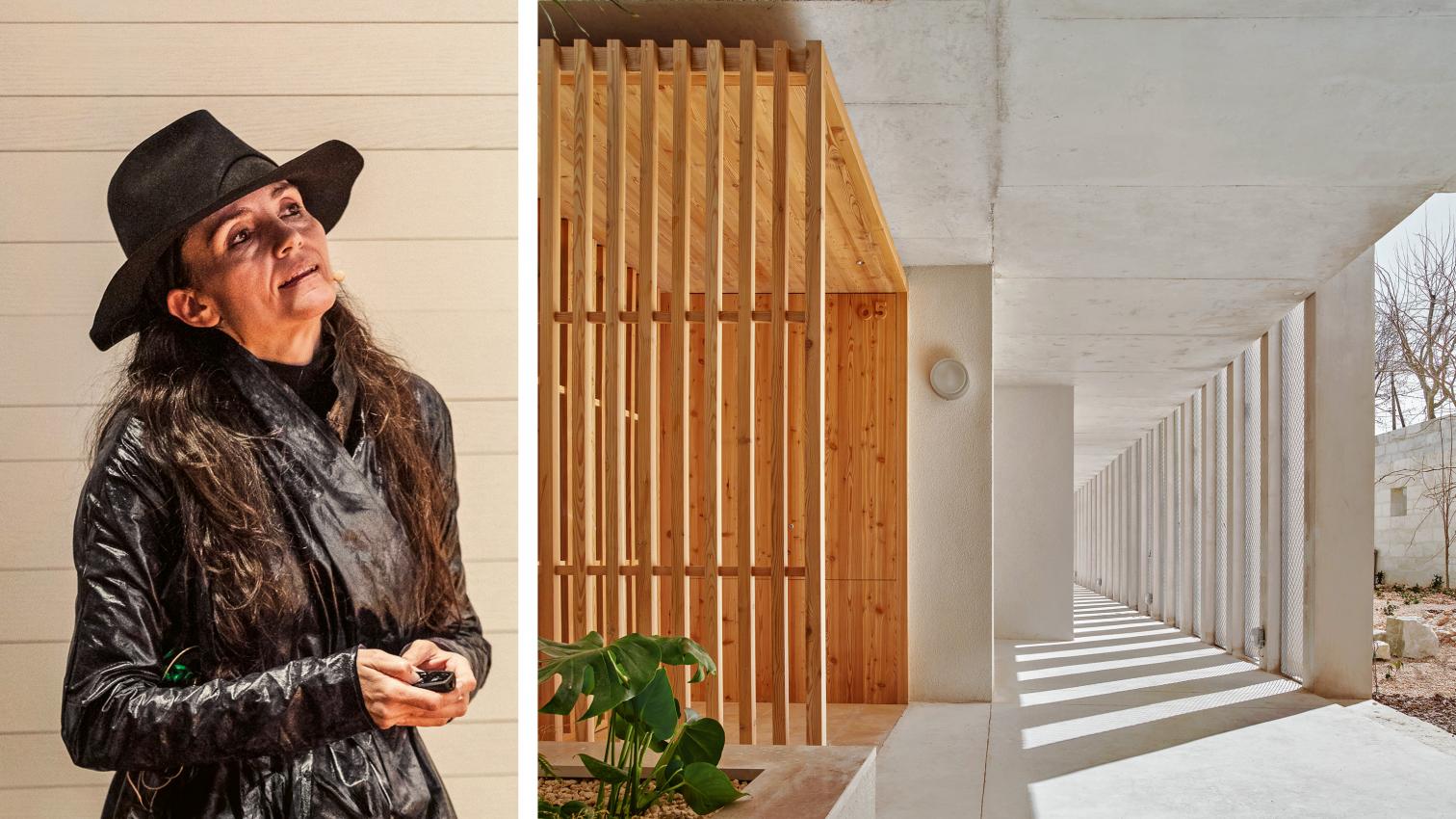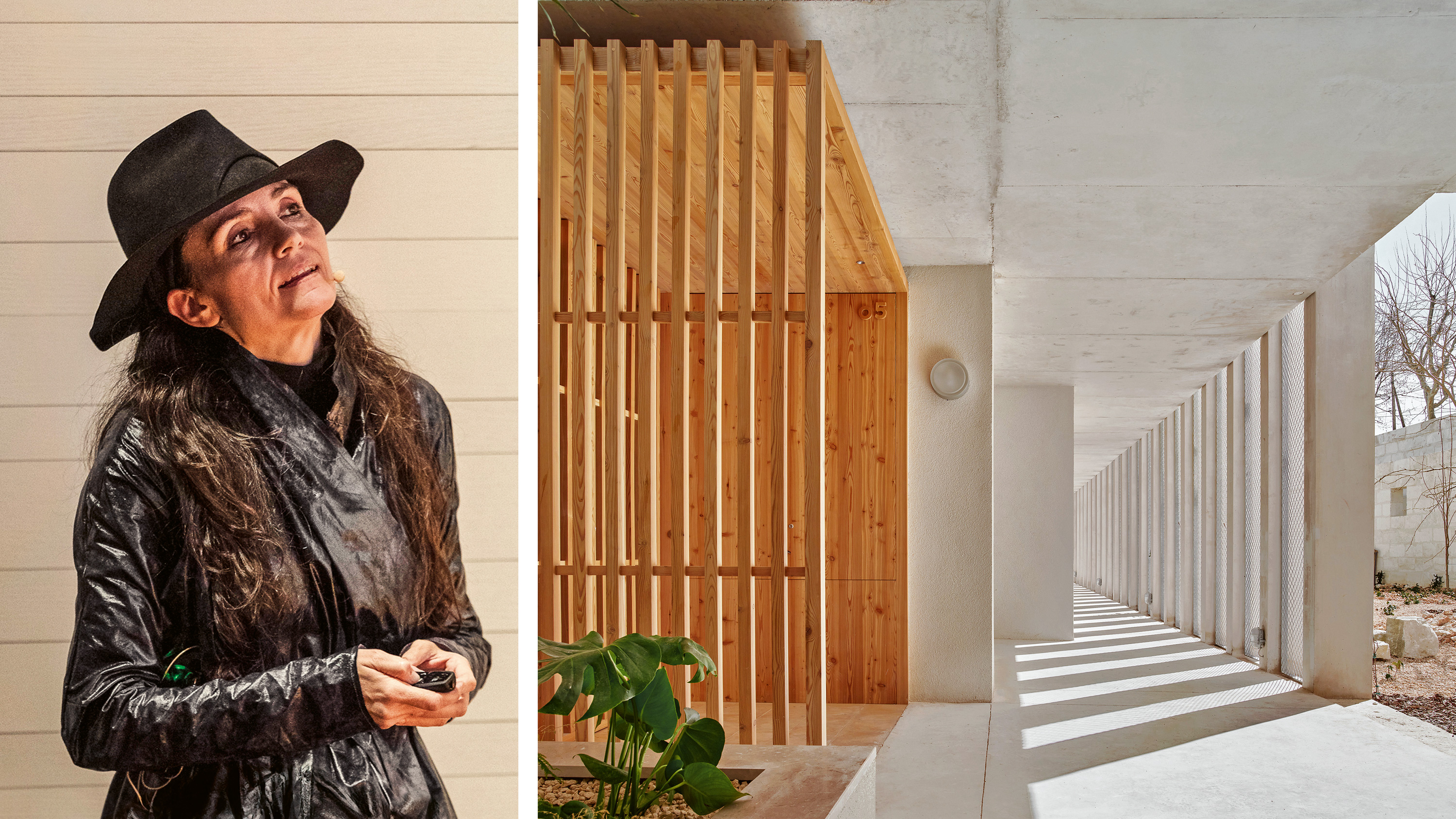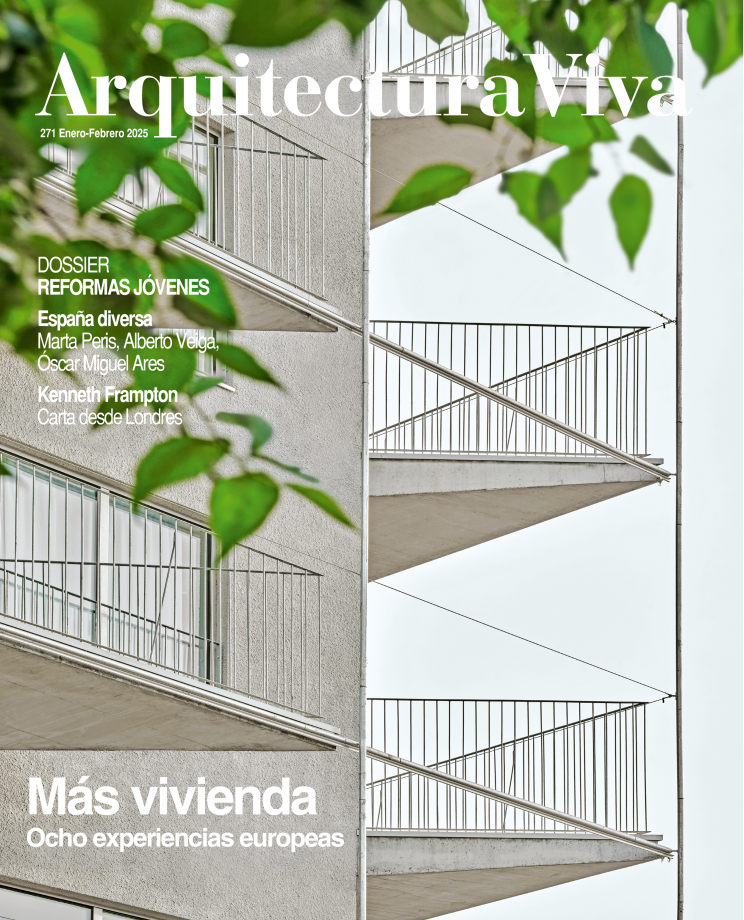
© Ángela Losa / José Hevia
Successive crises in the course of this first quarter of the 21st century have awakened us to the need to make contemporary housing resilient. We try to adapt to the diversity of lifestyles and models of cohabitation by rearranging the conventional dwelling. Eliminating the corridor and annulling the hegemony of the living room makes it possible to equalize the floor areas of bedrooms and de-hierarchize the house, making it more indeterminate in form and flexible in use. The creation of more generous and porous rooms facilitates the space appropriation and gives rise to alternative routes across the home by filtration, through connectivity spots.
During this period there has also been an increased awareness of interdependence. From the air we breathe, which can pollute us and make us pollute, what happens here and now has an immediate impact on the other side of the planet. This air that we share connects our bodies. We live in a continuum; the body is no longer thought of as an isolated, separate entity, but as something connected and bound to the world at large. According to Marina Garcés, because it has become impossible to be autonomous and self-sufficient, we are forced to learn to look at the world differently: not frontally anymore, nor focused on the individual, but from the angle of the noncentrality of life shared in a common world...[+]






